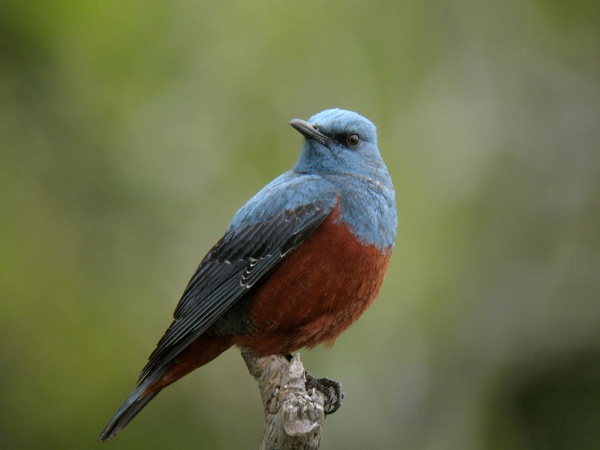Facts About Blue rock thrush
The blue rock thrush is a captivating bird belonging to the Old World flycatcher family, despite being previously classified under the Turdidae family. This bird's range extends across southern Europe, northwest Africa, Central Asia, and reaches as far as northern China and Malaysia. Notably, it is the national bird of Malta and has even featured on the country's former currency.
Carl Linnaeus first described the blue rock thrush in 1758, classifying it under the genus Monticola. There are five recognized subspecies of this bird.
In terms of physical appearance, the blue rock thrush is approximately the size of a starling. Males boast striking blue-grey plumage, while females and juveniles exhibit darker brown feathers. The male's song is particularly melodious and notably louder than that of the common rock thrush.
These birds prefer to breed in open, mountainous areas, often nesting in rock cavities and walls where they typically lay between 3 to 5 eggs. Their diet is diverse, comprising insects, small reptiles, berries, and seeds.
With a wide distribution, some populations of blue rock thrushes are resident year-round in Europe, North Africa, and Southeast Asia, whereas others are migratory. During winter, they can be found in sub-Saharan Africa, India, and Southeast Asia, with occasional sightings in northern and western Europe. Recent molecular studies suggest the possibility of dividing the species into two distinct groups based on their geographical distribution.

 North Macedonia
North Macedonia